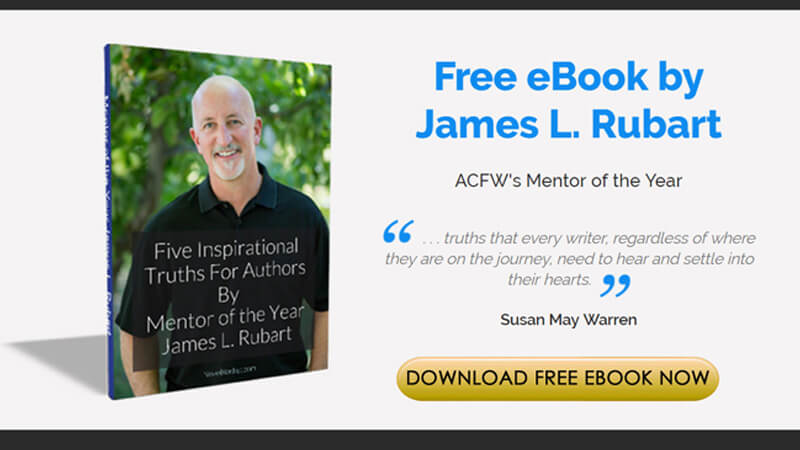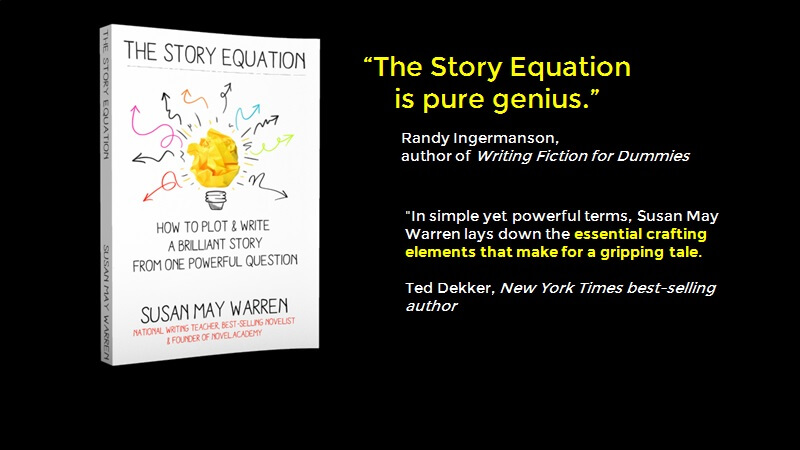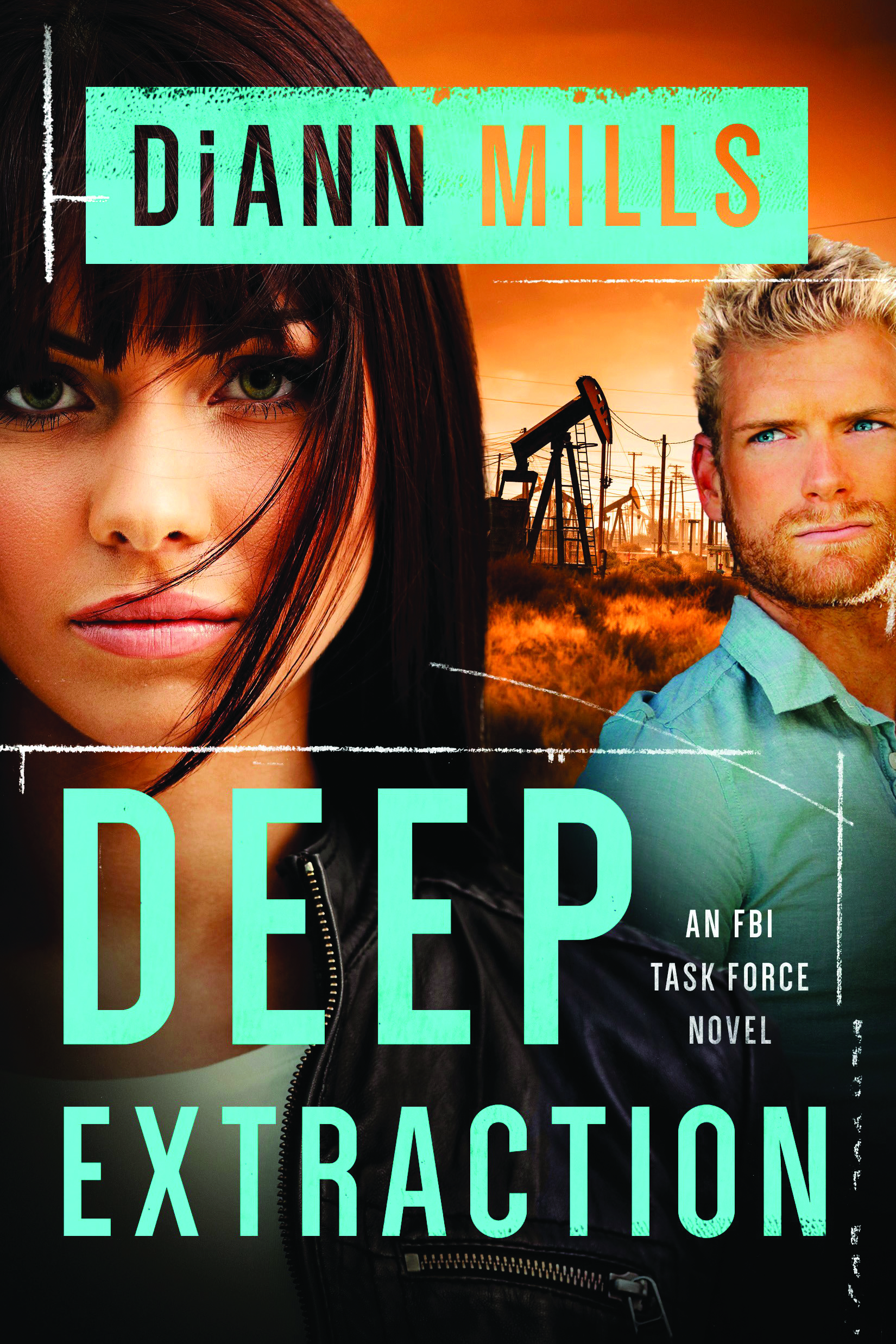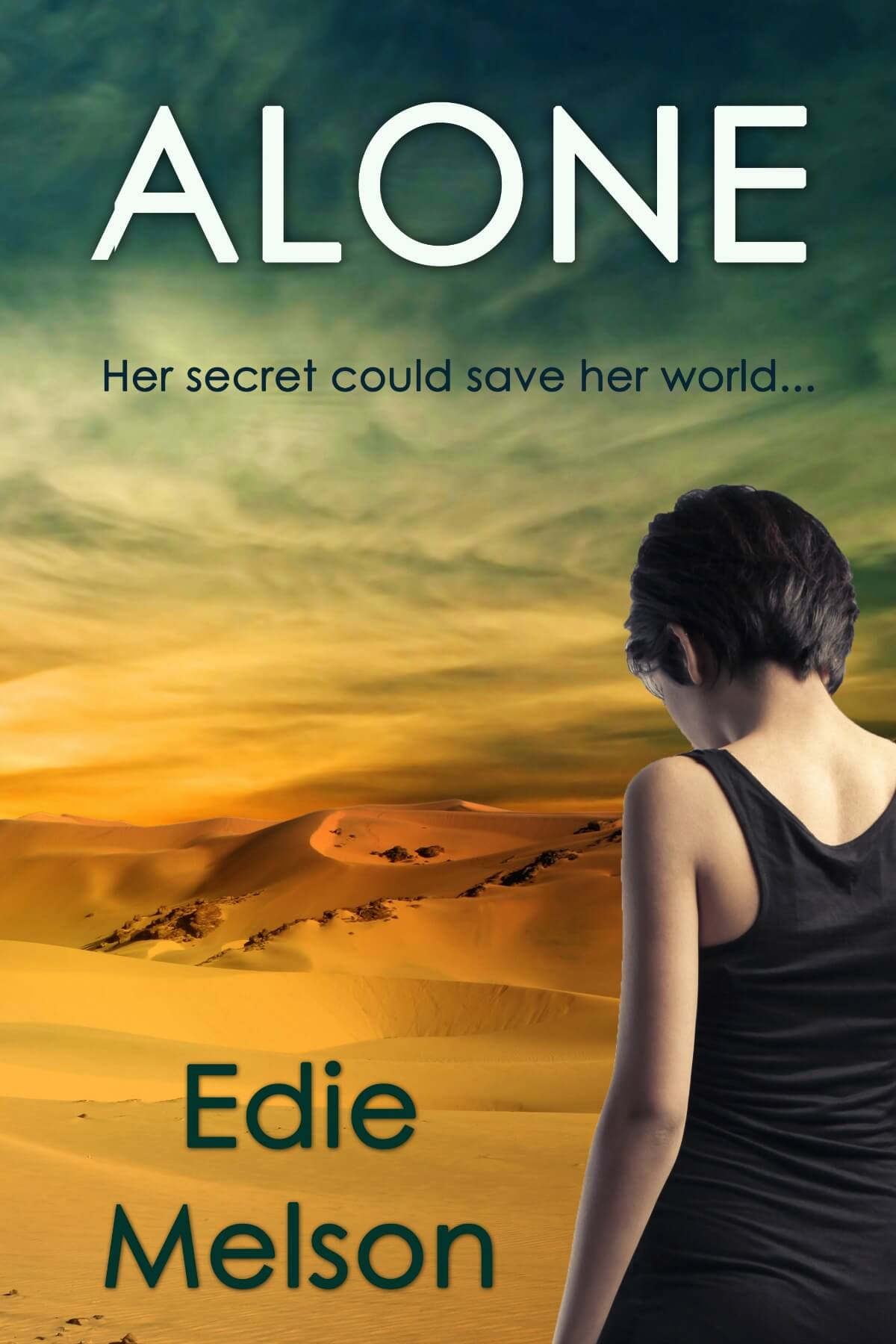 Elizabeth Musser, a native of Atlanta, Georgia, now living in France, is a novelist who writes what she calls ‘entertainment with a soul.’ Her novels have been acclaimed in the United States and in Europe. For over 20 years, Elizabeth and her husband, Paul, have been involved in mission work with International Teams. They presently live in Lyon, France. The Mussers have two sons. To learn more about Elizabeth and her books, please visit her website and see her YouTube video.
Elizabeth Musser, a native of Atlanta, Georgia, now living in France, is a novelist who writes what she calls ‘entertainment with a soul.’ Her novels have been acclaimed in the United States and in Europe. For over 20 years, Elizabeth and her husband, Paul, have been involved in mission work with International Teams. They presently live in Lyon, France. The Mussers have two sons. To learn more about Elizabeth and her books, please visit her website and see her YouTube video.
Animating the Inanimate
“The best images come unbidden”—so said my high school English teacher after reading my first novel years ago. While kindly complimenting me on many aspects of the story, he pointed out that at times I ‘beat the reader over the head’ with imagery or symbolism, saying effectively “Don’t ya get it? Isn’t that cool?”
His advice? Trust my readers and let the images spring forth naturally because they belong. I create the story and so involve the reader with her senses that she escapes and becomes part of the story herself. In short, she ‘gets it’ because the story whispers truth to her.
I love that about creating a story—letting images become part of the story. But often the images invoked come from inanimate objects. In novels, many inanimate objects can take on a life of their own and capture the readers’ imagination. Close your eyes and picture Tara in Gone with the Wind, Manderley in Rebecca; the old armoire in The Lion, The Witch and the Wardrobe. These places and things conjure up deep emotions within us because they captured us in the story and we ‘got it.’
When I am enmeshed in my story, suddenly an object or a site weaves its way around a character, revealing another layer of the story. Nothing needs to be explained; it’s just there, to be discovered by a careful reader, and enjoyed.
In my novels, I have found many different inanimate objects suddenly taking on a life of their own: an old car, a mountain, a stately manor house, a painting, a town. In one of my novels, I had several characters read a book that does not exist. I have received quite a few letters from readers asking me where they can purchase that book!
Authors often become known for the places they create. Think of the fictional community of Yoknapatawpha County used in several of William Faulkner’s novels or Garrison Keillor’s Lake Wobegon or the town of Mitford in Jan Karon’s series. Why is setting important? It lets readers taste and feel and experience a place.
I have had many book clubs travel to Atlanta, Georgia after having read my novel The Swan House to visit the real Swan House, a lovely mansion, built in the 1920s by a wealthy family, now owned by the Atlanta History Center. These readers come to tour The Swan House and eat lunch in the nearby tea room because they have read about both places in my novels. They want more of the experience.
Once, a student, backpacking her way across Europe, showed up at my home unannounced, practically in tears because all the hotels in town were full. She had taken the train to Montpellier because she fell in love with the city in my novels. She wanted more.
Whether describing an actual place or town or object, or creating it purely from our imagination, we writers can allow the inanimate to speak to our readers. This, of course, requires careful research—either being familiar enough with the place to describe it in an alluring way or ‘knowing’ this fictitious place so well in my mind that it seems real to the reader, so that, when that place decides to intrude in the story and become something more, it does so in a convincing way.
In my new novel, Words Unspoken, I have a scene that takes place at the popular Tennessee tourist attraction, Rock City. I paid for a ticket and stood out in the freezing cold on that high mountain perch for an hour, watching the colors of the sky and valley below as the sun set behind me. Then I went home and described it in three sentences. The excursion took half a day. Was it worth it? I think so and perhaps readers want to visit Rock City and stand at that very spot because the setting came alive for them.
In fact, often an inanimate object actually begs me to become a character in the novel. The Swan House did this for me. In Words Unspoken, Lookout Mountain is hovering over the story, keeping watch like a wise grandfather. Or is it? Sometimes the mountain changes and becomes a daredevil teenager, taking the reader on a wild ride, zigzagging around hairpin turns on a road perched on the side of the mountain. Which is it? An elderly man or a rebellious teen?
A place can grab the reader’s heart and she can become as fond of the setting as the characters.
So how do I personify a place? In all honesty, it happens quite naturally as I do my work of creating strong characters within a realistic setting, combining vivid word pictures with careful research.
Excuse me now. My ‘writing chalet’ (the tool shed where I work) is inviting me for a cup of tea, a brownie and the scent of fresh-cut roses that are widening their smiles on my desk.
Set against the breathtaking backdrop of Lookout Mountain, TN, Words Unspoken weaves together a vibrant cast of characters whose intertwining stories of courage, choice, heartbreak, and hope will hold you captive until the final page.
Click here for a review of Words Unspoken.
Wednesday, May 06, 2009
Home »
Animate
,
Christian Fiction
,
Christian Writers
,
Elizabeth Musser
,
writing tips
» Elizabeth Musser on Animating the Inanimate
Elizabeth Musser on Animating the Inanimate
Wednesday, May 06, 2009
Animate, Christian Fiction, Christian Writers, Elizabeth Musser, writing tips
5 comments






















Nice post. Thanks for sharing.
ReplyDeleteI love to make those places come alive. And you do it so well, Elizabeth. Thanks for sharing your writing tip and your heart n your books.
ReplyDeleteCool. I think I finally understand what people mean by places becoming characters.
ReplyDeleteI loved your image of a rainbow in Words Unspoken, it created a restful pause before the terrible event. What a neat devise to add to the roller coaster feel!
ReplyDeleteLoved, loved, loved The Swan House. Can't wait to read Words Unspoken.
ReplyDelete